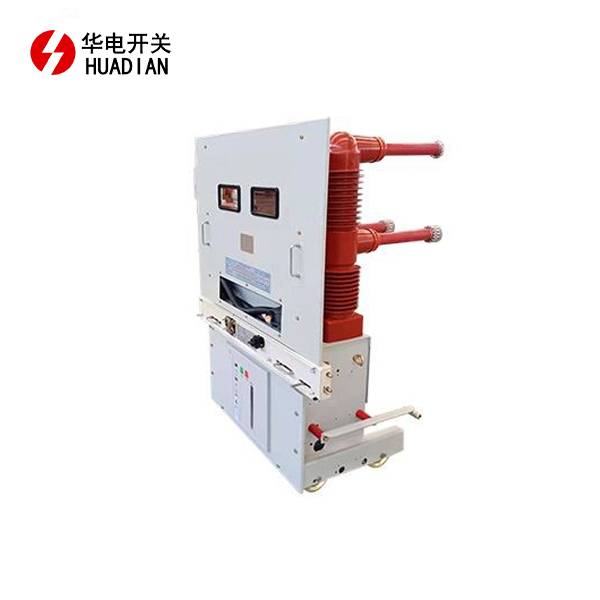
What types of high-voltage circuit breakers can be divided into? What are their characteristics?
2025-08-07 10:11:54
High-voltage circuit breakers are key devices used to open and close high-voltage circuits in power systems. Based on the arc-extinguishing medium and structure, they are mainly divided into the following categories, each with its own characteristics and application scenarios:

1. Oil Circuit Breaker (OCB)
Types: High-oil, low-oil.
Features:
Arc-extinguishing medium: Insulating oil (high-oil type uses a large amount of oil, serving both insulation and arc extinguishing functions; low-oil type uses a small amount of oil, serving only arc extinguishing functions).
Advantages: Simple structure, low cost, and widespread early use.
Disadvantages: Flammable and explosive, requires regular oil quality maintenance, and is environmentally unfriendly.
Applications: Gradually phased out, now only found in older substations.
2. Air Blast Circuit Breaker
Features:
Arc extinguishing medium: Compressed air (high-speed airflow extinguishes the arc).
Advantages: High interrupting capacity, no fire risk.
Disadvantages: Noisy, requires an air compressor system, and complex maintenance.
Applications: Ultra-high voltage (e.g., 220 kV and above) systems, now mostly replaced by SF6.
3. Sulfur Hexafluoride Circuit Breaker (SF6 Circuit Breaker)
Type: Porcelain column type, tank type.
Features:
Arc-extinguishing medium: SF6 gas (strong electronegativity, excellent insulation and arc-extinguishing properties).
Advantages: Large interrupting capacity, compact size, long life, suitable for frequent operation.
Disadvantages: SF6 is a strong greenhouse gas (requires strict recycling) and may liquefy at low temperatures.
Application: Mainstream in modern power systems (72.5 kV and above).
4. Vacuum Circuit Breaker (VCB)
Features:
Arc-extinguishing medium: High vacuum (pressure below 10⁻⁴ Pa).
Advantages: Pollution-free, long life, maintenance-free, suitable for frequent operation.
Disadvantages: Potential current interruption when breaking high currents, limited capacity in medium and high voltage applications.
Applications: Predominantly in the medium voltage sector (10kV-40.5kV), such as distribution networks and industrial power.
5. Magnetic Blow-out Circuit Breaker
Features:
Arc Extinguishing Principle: Utilizes magnetic field force to elongate the arc, cooling it and extinguishing it.
Advantages: Requires no external dielectric, reliable structure.
Disadvantages: Large size, limited interrupting capacity.
Applications: Used primarily in early DC systems or for specialized applications, now rarely used.
6. Hybrid Technology Circuit Breakers
Examples: SF6/vacuum hybrids, solid-state circuit breakers (based on power electronics).
Features: Combining the advantages of different technologies, such as environmentally friendly SF6 alternatives (e.g., C4-F7N mixed gas) and fast tripping (solid-state).
Applications: Emerging areas, such as renewable energy grid integration and DC transmission.
Key Selection Factors
Voltage: Vacuum (medium voltage), SF6 (high/ultra-high voltage).
Breaking Capacity: SF6 and air circuit breakers are suitable for high short-circuit currents.
Environmental Requirements: Vacuum circuit breakers are pollution-free, while SF6 must be recycled.
Maintenance Requirements: Vacuum circuit breakers are maintenance-free, while oil-fired circuit breakers require regular oil changes.
If you need further information or inquiries, please contact me via the following methods:
Email:pannie@hdswitchgear.com
Whatsapp/Wechat:+8618789455087
Please let me know your needs and I'll be happy to assist you!
YOU MAY LIKE



